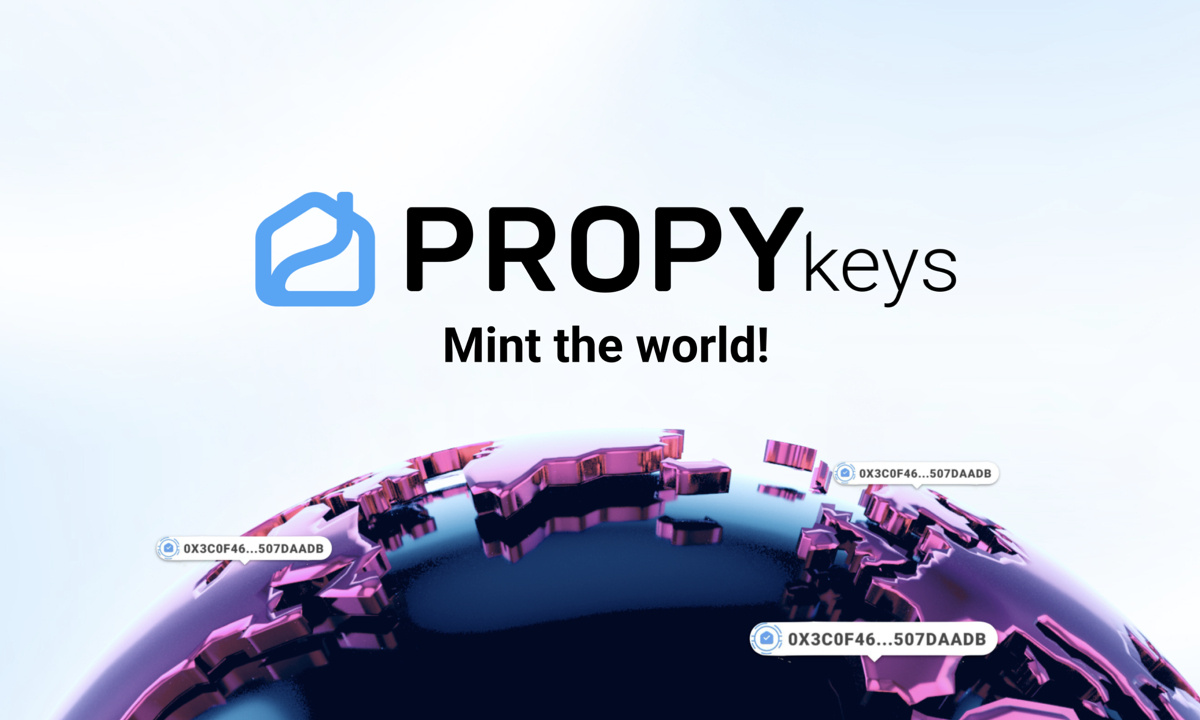The context in which fashion companies operate today is rather complex: international competition has never been so alive, cost containment is often a difficult goal to reach and consumers have become very demanding and informed, also due to the fact that anyone nowadays has access to the Internet.
To make the context even more challenging, there are also some issues that are gaining more and more importance in the fashion sector: the need for transparency, the fight against counterfeiting and the now crucial issue of environmental and social sustainability.
All these factors force fashion houses to reflect on their business models, especially since, in the unpleasant case in which they were to be protagonists of scandals, their reputation would be irreparably damaged.
It is at this point that Blockchain technology comes into play. Recently, numerous startups based on this technology have been gaining more and more ground in fashion, providing solutions to deal with the most critical issues.
First of all, Blockchain will allow brands to make online shopping easier and more accessible to customers, while also giving them greater control over transactions. Some companies are even already offering marketplace solutions based on Blockchain for peer-to-peer sales of fashion goods. These are relevant for the used and vintage market, which is very popular today.
Numerous Blockchain applications are revolutionizing the supply chain by allowing complete traceability of products, from procurement at suppliers to final packaging. In fact, a unique ID – at best, a patented crypto-tag – can be assigned to each article, which, associated with an NFC chip or a QR code, can give a digital tracking of the article itself, guaranteeing to the end customer the authenticity of the purchased product.
The objective of companies working on this kind of solutions is precisely to solve the problem of counterfeiting in the fashion industry. Some of these companies allow customers to track the raw materials that make up a product at every stage of the production process, so that they can learn about the entire journey of the purchased item by scanning the label: in this way, they will be able to verify that the materials and processes comply with sustainability standards. Others, instead, have used Blockchain to realize and secure a so-called “global supply chain”, while guaranteeing absolute transparency. In this case, the ecosystem is protected in that fake products, as such, cannot be registered on the global supply chain and imitators, having no access to it, will have more difficulty selling.
Tokens offer other opportunities that the fashion sector should undoubtedly explore. In fact, there are Blockchain marketplace platforms that allow users who wish to sell their personal data, in total security and respect for privacy, in exchange for tokens. If they relied on these platforms, fashion companies would obtain valuable information on consumer preferences to develop future strategies, avoiding recourse to figures such as trend hunters.
Moreover, attempts at creating a peer-to-peer ecosystem that puts the consumer at the center of the supply chain have been achieved through tokenization and gamification schemes, which have the particular function of incentivizing best practices of sustainability throughout the supply chain and after the sale. The consumer is directly involved and can communicate with all the actors, thus maintaining that same benefit of transparency, while being encouraged to do so through a specially created token.
It seems clear that the Blockchain can offer a valid help to the players operating in this sector, even if there are some aspects on which it is still necessary to make progress, such as regulatory compliance, the creation of open source standards and platforms. The future of fashion is slowly, but inexorably, changing!
Investment Disclaimer






